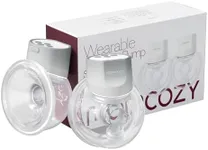Buying Guide for the Best Electric Breastfeeding Pumps
Choosing the right electric breastfeeding pump can make a significant difference in your breastfeeding journey. The right pump will help you express milk efficiently and comfortably, fitting seamlessly into your lifestyle. To make an informed decision, it's important to understand the key specifications and how they align with your needs. Here are the main factors to consider when selecting an electric breastfeeding pump.Suction StrengthSuction strength, measured in mmHg, indicates how powerful the pump is at extracting milk. This is important because a pump with insufficient suction may not effectively express milk, while too much suction can cause discomfort. Suction strength typically ranges from 100 to 300 mmHg. For occasional use, a lower suction strength may suffice, but for regular or exclusive pumping, a higher suction strength is often more efficient and comfortable.
Pump SpeedPump speed refers to the number of cycles per minute the pump can achieve. This is important because it mimics the natural sucking rhythm of a baby, which can help with milk letdown and overall comfort. Pumps with adjustable speeds allow you to find a rhythm that works best for you. If you plan to pump frequently, a pump with variable speed settings can be beneficial to match your body's response and maximize milk output.
PortabilityPortability is crucial if you need to pump on the go or in different locations. Portable pumps are typically lightweight and may come with a rechargeable battery or the option to use batteries. If you are a working mom or travel frequently, a compact and portable pump will be more convenient. For home use, portability might be less of a concern, and you might prioritize other features instead.
Noise LevelThe noise level of a pump can affect your comfort and privacy, especially if you need to pump in shared spaces or at work. Quieter pumps are generally more discreet and less likely to disturb others. If you plan to pump in quiet environments or during the night, a low-noise pump will be more suitable. For home use where noise is less of an issue, this might be a lower priority.
Ease of CleaningEase of cleaning is important for maintaining hygiene and convenience. Pumps with fewer parts or dishwasher-safe components can save time and effort. If you have limited time or dislike extensive cleaning, look for pumps that are easy to disassemble and clean. For those who don't mind a bit more cleaning, this might be less of a concern, but it's still important to ensure all parts can be thoroughly sanitized.
Double vs. Single PumpingDouble pumping allows you to express milk from both breasts simultaneously, which can save time and increase milk production. Single pumps are typically less expensive and may be sufficient for occasional use. If you need to pump frequently or want to maximize efficiency, a double pump is usually the better choice. For occasional or supplemental pumping, a single pump might be adequate.
Comfort FeaturesComfort features such as cushioned breast shields, adjustable suction levels, and ergonomic design can make a big difference in your pumping experience. These features help reduce discomfort and make the process more pleasant. If you experience sensitivity or discomfort while pumping, prioritize pumps with these comfort features. For those who don't have issues with discomfort, these features might be less critical but still beneficial.
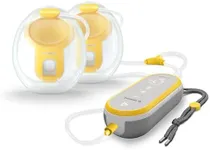
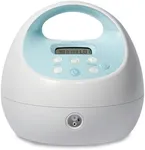
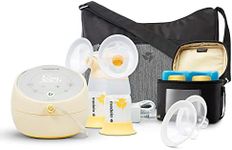
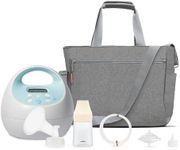
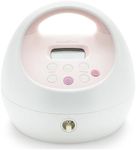
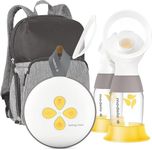
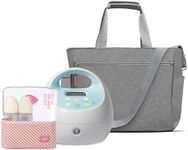
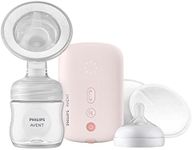
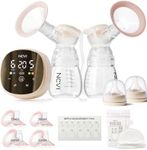

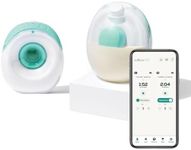



![Nurse & Nourish [8 Pack] Membrane for Spectra Backflow Protector Replacement - Breast Pump Inserts for Spectra Replacement Pump Parts S1, S2, 9+ & for Maymom Converter & for Ameda MYA](https://images-proxy.bestreviews.guide/uELRTqIt6EzVsDF51UddzqhhKCI=/0x150/https://m.media-amazon.com/images/I/415871Uwl+L._AC_CX679_.jpg)
